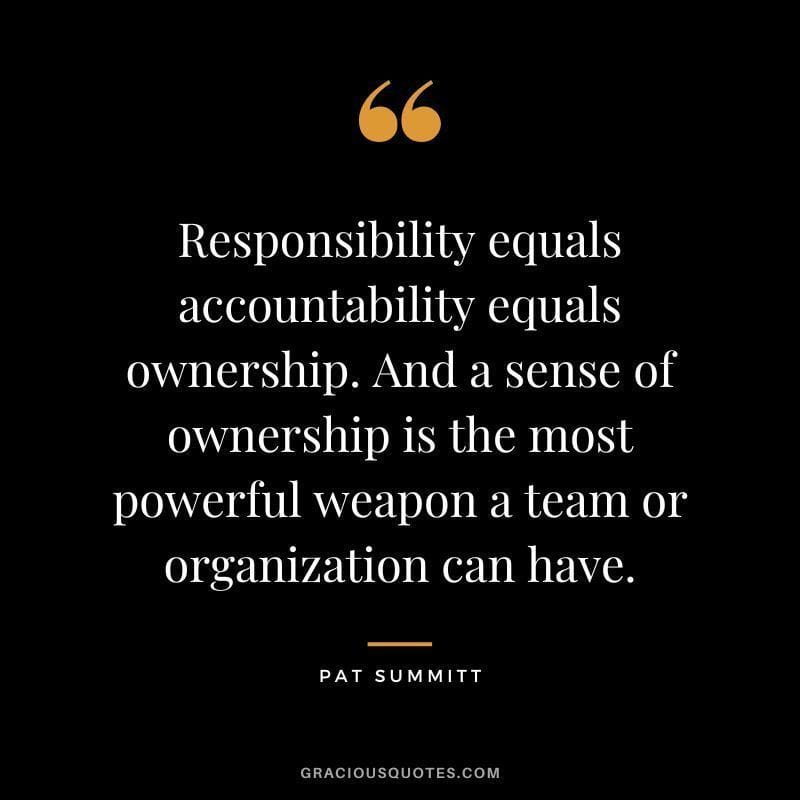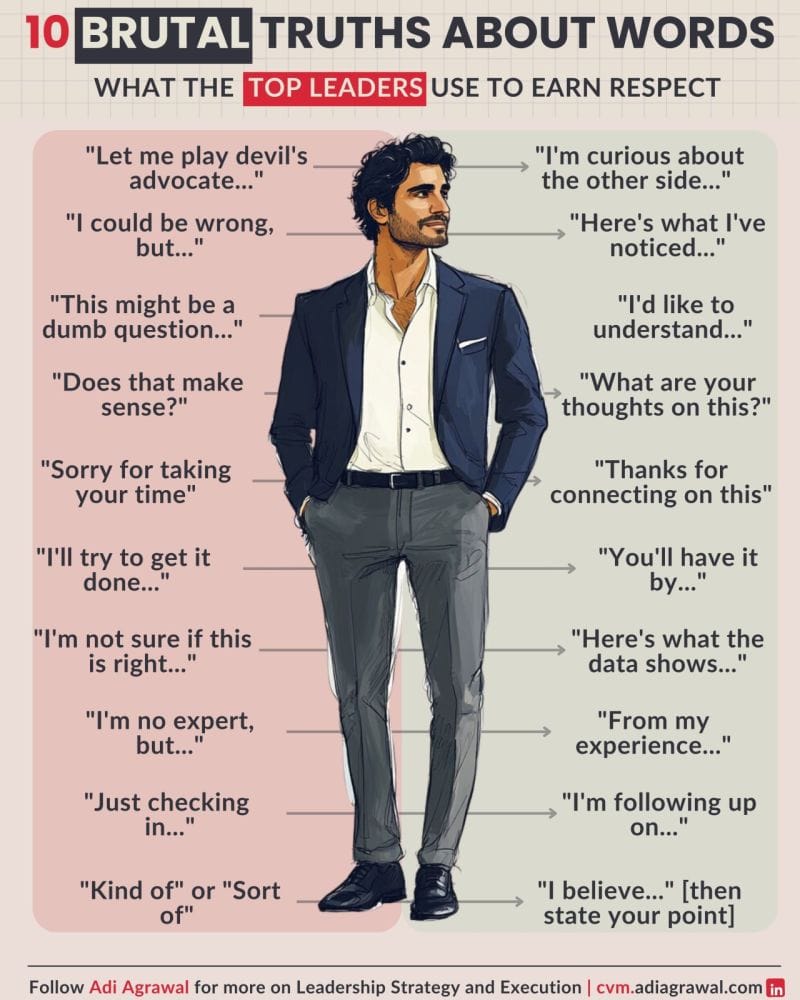A critical function that a leader performs is designing the organization structure that will help deliver on the business strategy and goals in the most effective manner. Here are 5 tips to support you in going through the exercise in your organization:
1️⃣ Be Clear on the Business Strategy: Before setting out to design (or evolve) the organizational design, it's important to be clear on what the next 3-5 year business strategy and goals are - as the primary input. Often time, leaders get caught up designing an organization that meets the current objectives but shortly after being formed fails to deliver on the medium/long-term objectives of the organization.
2️⃣ Perform a Retrospective: Perform a retrospective on what is working well and what is not working well in the context of the existing organizational design. For the areas that are working well, think about how you can scale that sucess; for the ones that are not working well think about a mitigation plan and/or adjustment needed to turn them around. This helps you address challenges and double down on successes.
3️⃣ Think Unconstrained: Take a pass at thinking about the optimal org design if you had to start from scratch and didn't have the existing team members that you have. This helps you envision the ideal state without being constrained by current constructs or people in the organization. It may neither be desirable nor feasible to get to that state in the near term, but having this vision helps you develop a northstar that you can build towards.
4️⃣ Overlay with Existing Team Members: As you look at the existing team, evaluate which team members are ready for greater responsabilities (whether in the near or medium term), which ones perhaps are in roles that are outpacing their own personal growth, which one perhaps are ready for a rotation, etc. and draft adjustments basis inputs from the above steps and this one.
5️⃣ Evolve: Continue to periodically refine your design to account for new inputs (changes in business strategy, additional scope, new hires, departures etc.). It helps to think of an organization in an evolutionary manner rather than in discrete versions.

